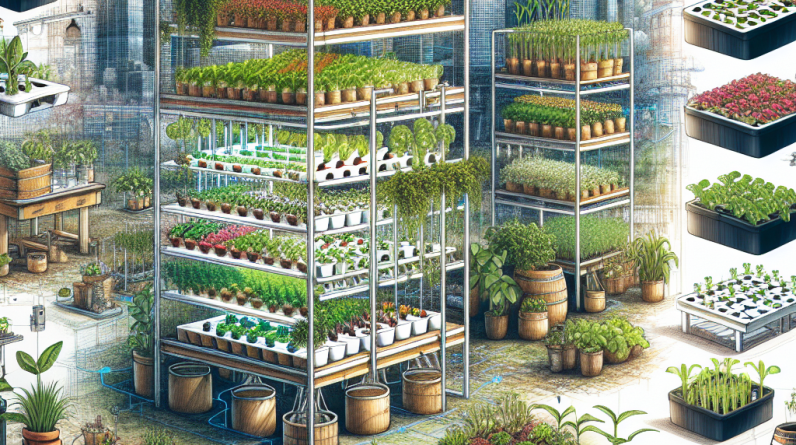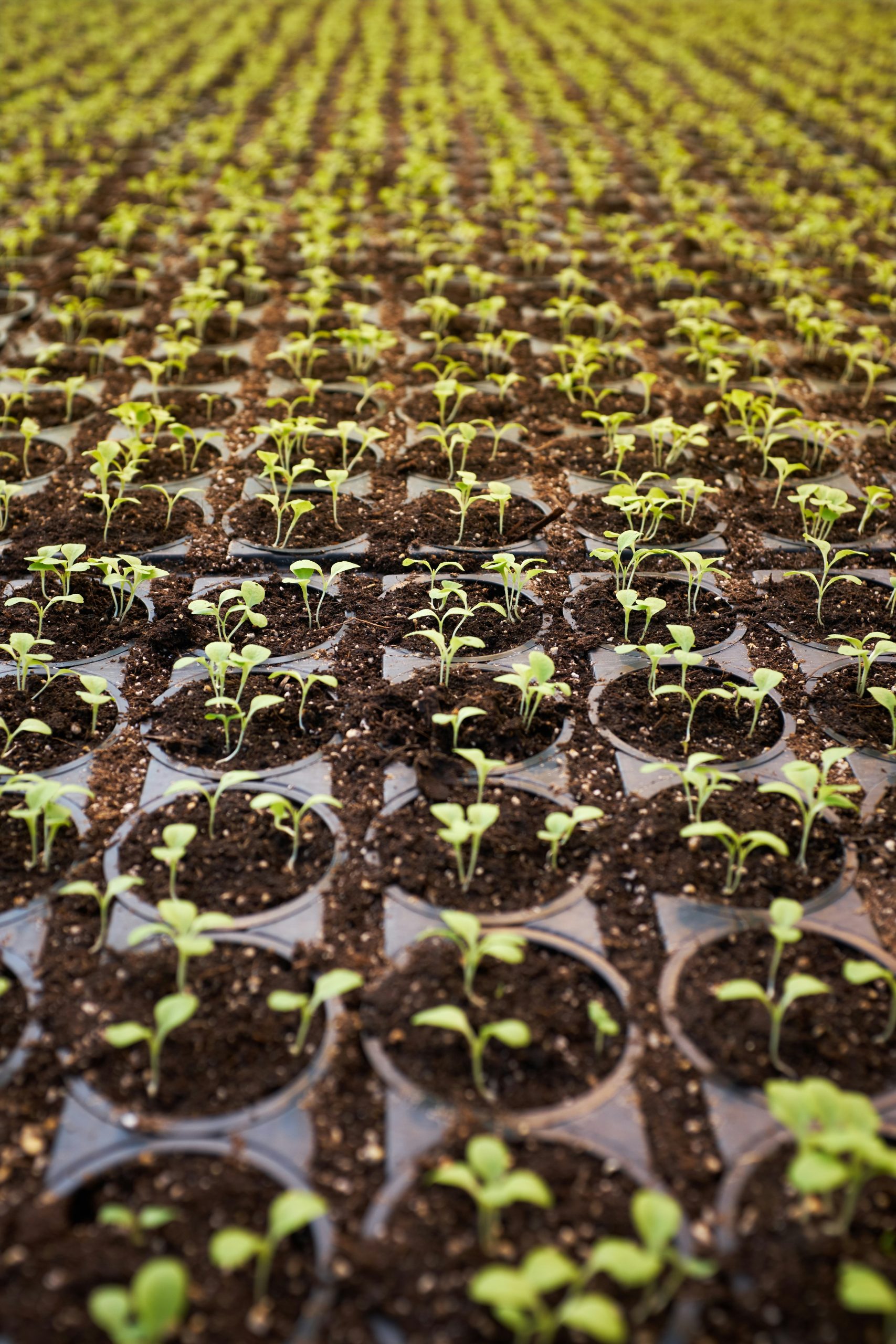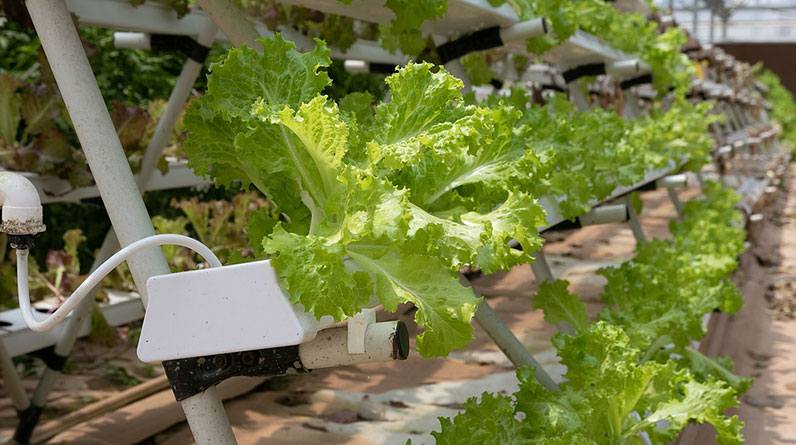
Choosing the Right Strawberry Varieties
Understanding Strawberry Types
When diving into the world of hydroponic strawberries, the first step is selecting the right variety. There are everbearing, June-bearing, and day-neutral strawberries. Ever-bearing varieties, like ‘Oso Grande,’ can produce fruit throughout the growing season, which is fantastic for those of us who love a steady supply of fresh strawberries.
June-bearing strawberries typically yield a one-off large harvest, which can be great if you’re looking to make jam or freeze them. I usually lean towards day-neutral varieties because they produce fruit all summer long and fit nicely with my gardening schedule.
In my personal experience, starting with the right strain has made all the difference. A lot of folks overlook this crucial step and end up frustrated with minimal yields. Picking the variety that suits your needs will really set the tone for your entire hydroponic strawberry journey!
Weather and Climate Considerations
Strawberries, in general, thrive in moderate climates, so understanding your local weather patterns is key. Hydroponic setups give you the flexibility of controlling temperature, but if you’re growing outdoors, consider the local climate. Protecting your plants from extreme heat or cold will help ensure a successful grow.
I’ve had my fair share of hiccups with unexpected frosts, so investing in some covers or a greenhouse setup was a game changer for keeping my strawberries safe. Just remember, a stable environment leads to healthier plants.
Also, don’t forget to think about the lighting! Natural sunlight is great, but if your setup doesn’t get enough light, consider supplemental lighting to keep those strawberries happy.
Consulting Local Experts
Tapping into local gardening clubs or hydroponic supply stores can provide invaluable insights. I chat with local growers all the time, and their tips about varieties suited to my area have been a boon. Each region has its quirks, and learning from others can save you a ton of trial and error.
Don’t be shy! Engage with other gardeners. You’ll find a community of folks willing to share seeds, experiences, and even cuttings. Plus, you might stumble upon some unique local strawberry varieties that are adapted to your growing conditions.
Networking is such a big part of gardening, and I truly believe that learning from others enhances your success—and who doesn’t want sweet strawberries?
Setting Up Your Hydroponic System
Choosing the Right Hydroponic System
When it comes to hydroponics, there’s a buffet of systems to choose from. I’ve personally experimented with both nutrient film techniques (NFT) and deep water culture (DWC). Each system has its pros and cons, and your choice might depend on the space and resources you have available.
If space is at a premium, you might find that NFT is a great match. It’s compact and efficient, allowing for a more densely packed plant setup. However, if you’ve got a little room to spare, DWC can offer more water retention, which is essential for those thirsty strawberry plants.
Take some time to research and evaluate what each system offers. Trust me; the right setup will minimize your headaches down the line.
Choosing the Right Nutrients
Your strawberries will flourish when provided with the right nutrients. I’ve discovered that an N-P-K ratio of 5-12-26 works marvelously for my hydroponic strawberries. These ratios—pertaining to nitrogen, phosphorus, and potassium—are critical for fruit development and overall plant health.
When preparing your nutrient solution, ensure that the water pH is balanced, around 5.5 to 6.5 is ideal. A simple pH meter can help keep things in check, and trust me—it’s worth investing a tiny bit of cash upfront to avoid a big headache later on.
Experiment a little to find the perfect mixture for your specific variety. Every setup is different, and with a few adjustments, you might just stumble upon that golden ratio that gets your strawberries booming.
Creating a Controlled Growing Environment
The beauty of hydroponics is the ability to control the growing environment. I’ve added a heater and a fan in my greenhouse setup to help regulate temperature and humidity levels, and wow—what a difference it makes. Proper airflow prevents mold problems, which can be a nightmare.
Also, consider adding a timer for your lights to maintain a consistent light schedule. Ideally, your strawberries will need around 12-16 hours of light daily. Too little, and they’ll stay small; too much, and they might stress out!
Finally, keeping an eye on the moisture levels in your system is crucial. Nobody wants soggy roots, but you also don’t want them to dry out. A nice balance is important as you nurture those sweet, delicious strawberries.
Planting and Maintenance
Proper Planting Techniques
When it’s time to plant, make sure you’re planting in clean containers. I prefer using rock wool or coconut coir, but any good planting medium will work. Ensure roots are just snug enough without being crushed; we want them taking off, not suffocated!
Spacing is also critical. I usually aim for at least twelve inches apart. This distance allows each plant to spread its roots and ultimately results in a more abundant harvest. Trust me; crowded plants lead to competition for nutrients and light, and nobody wants that!
Incorporating beneficial microbes into your growing medium can also give your strawberry plants a healthy boost. Systems like biochar help retain moisture and enhance nutrient availability. It’s a little tip I picked up along the way that turned out to be golden.
Routine Maintenance Practices
Daily check-ins are a must! I can’t stress enough how important it is to keep a close eye on your plants. Look for yellowing leaves or signs of nutrient deficiencies. Regularly changing your nutrient solution every two to three weeks can help keep everything balanced and ensure your strawberries are well-fed.
I also make it a habit to prune my plants. Removing dead or yellowing leaves helps channel the plant’s energy into producing fruit rather than wasting resources on the non-productive parts. Plus, it enhances airflow—which helps prevent mold!
Don’t forget about pests! Even in a hydroponic setup, pests can become an issue. Implement a preventative routine with insecticidal soap or a nutrient solution that keeps those little troublemakers at bay.
Harvesting at the Right Time
Harvesting strawberries is arguably the best part, but knowing when to pick is crucial. I’ve learned the hard way that harvest time greatly influences how sweet they turn out. Generally, when they turn a rich red and are slightly soft to the touch, they’re ready to be devoured.
Don’t rush it! If you pick your berries too early, they won’t develop the sugars that make them so enjoyable. However, leaving them on the vine too long can lead to overripe, mushy fruits that aren’t as tasty.
When harvesting, gently twist the berry rather than pulling—this helps prevent damage to the plant. Plus, that little bit of extra care ensures your plant continues to produce for the remainder of the season. Sweet success indeed!
Common Challenges and Solutions
Dealing with Pests and Diseases
Pests are one of those annoying challenges that seem to crop up no matter what you do! I’ve battled aphids and spider mites before, and it can be a real headache. I swear by some organic pest control methods like neem oil and insecticidal soap. They’re effective and safer for your hydroponic system.
Prevention is also key—keep your environment tidy, check for pests regularly, and remove any dead leaves that could be harboring unwanted guests. The sooner you catch a problem, the easier it is to manage.
I have a trusty magnifying glass on hand to inspect my plants up close—it’s a small but mighty tool that helps detect issues before they spiral out of control!
Nutrient Deficiencies
If your plants look a little funky, a nutrient deficiency might be the culprit. Yellowing leaves and stunted growth are usually red flags for nutrient imbalance. Make sure your nutrient solution is well-rounded and that pH levels within the ideal range.
If you notice signs of deficiency, adjust your nutrient mix. It might take a few tweaks to hit that sweet spot, but patience pays off in the end. I once waited too long to correct a nitrogen deficiency, and my yield suffered. Lesson learned!
It helps to keep a growing journal. I jot down notes on what nutrients I use, when I change the water, and any peculiar observations. This simple habit has saved me countless headaches over time!
Weather Extremes
Extreme conditions can put a damper on your strawberry-growing adventure. As I mentioned before, temperature swings can stress your plants. Heat can evaporate water quickly, while cold can slow down or even halt growth altogether.
I recommend being proactive—if you know there’s a heatwave coming, check your water levels more frequently, and consider shading your plants. I also use fans to prevent overheating in my greenhouse.
Keep an eye on the forecast and be ready to make adjustments. Being prepared can mean the difference between strawberries bouncing back and watching a hard-won crop go to waste.
Conclusion
Growing hydroponic strawberries can be an incredibly rewarding experience. It takes a bit of diligence and care, but once you see those succulent berries ripe for picking, it all pays off. With a little love, attention, and the right techniques, you’ll be on your way to enjoying sweet success in no time!
FAQs
1. How long does it take to grow hydroponic strawberries?
Typically, you can expect to start harvesting strawberries within 4 to 6 weeks after planting. This can vary based on the variety and growing conditions.
2. What nutrients do I need for hydroponic strawberries?
Your strawberries will need a balanced nutrient solution with a good N-P-K ratio. I personally recommend around 5-12-26 during the growing phase for optimal results.
3. Can I grow strawberries all year round in a hydroponic system?
Yes! One of the major advantages of hydroponics is that you can control the environment, allowing for year-round harvesting, especially if you can provide the right light and temperature conditions.
4. How often should I check the pH of my nutrient solution?
I check the pH of my nutrient solution at least once a week. It helps in ensuring that the nutrients are readily available to your plants and keeps them growing strong.
5. What should I do if my strawberries start to yellow?
Yellowing leaves can indicate nutrient deficiencies. Check your nutrient solution and pH levels, and consider adjusting your feeding regimen accordingly. Regular monitoring can help prevent this issue.
Related Content
- The Benefits of Year-Round Cultivation in Hydroponic Vegetable Gardening
- The Ultimate Guide to Hydroponic Growing Without Soil in 2025: 7 Effective Tips to Boost Your Harvest
- Grow Lush Plants with DIY Hydroponics
- How to Grow Hydroponically: 7 Effective Strategies for 2025 Success
- How to Transition from Soil to Hydroponics Successfully







